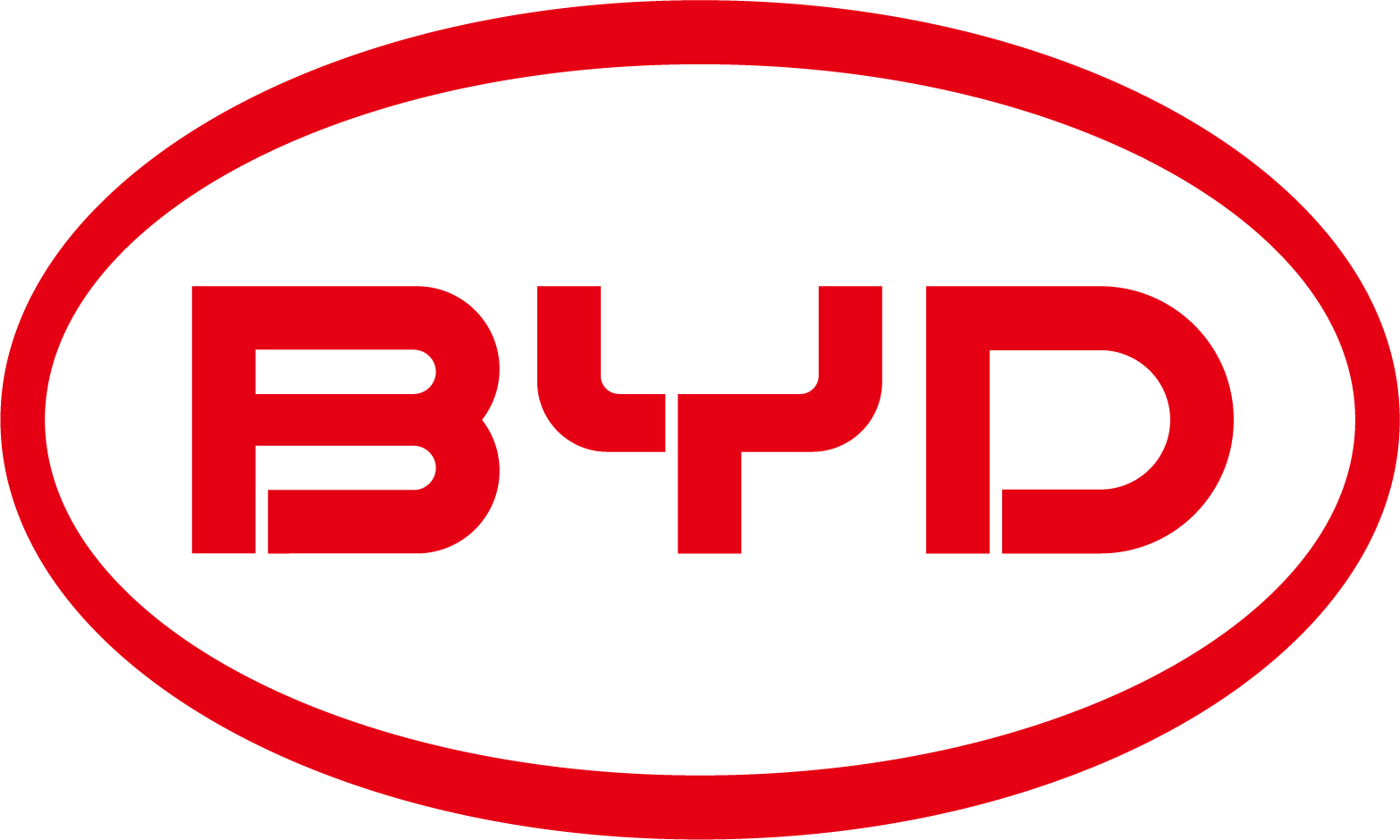Are you thinking of installing solar panels and/or inverters on your home? This article will help you get started.
Modern solar panels have become more energy-efficient by converting solar energy into electricity. Aside from being able to convert solar energy, they also protect their batteries from overheating.
Steps to Connect Solar Panel to Battery and Inverter
Step 1: Prepare the Batteries
You can also charge the batteries by plugging them into a wall outlet. Once the batteries are fully charged, place them in the container.
Step 2: Create the Jumpers
The next step is to measure the batteries from the terminal to the terminal. This will allow you to make the jumpers.
Wire the panels together in a series to increase the voltage. This method works as long as the output voltage is equal to or less than that of the battery.
Step 3: Prepare the Lid
Hole in the lid to connect the panel’s leads to the inverter and charge controller.
Step 4: Connect Charge Controller and Inverter to Battery Cables
The charge controller and inverter should be connected to the battery cables.
You should also connect the positive and negative leads of the solar panel to the charge controller’s leads. This step is very important to avoid damaging the panels and the controllers.
A good charge controller will help keep the panels charged and stable. It will also help keep the voltage constant and prevent overcharging.
Step 5: Connect Battery Bank to Inverter
After attaching the battery bank to the input cords of your inverter, make sure that it works properly. Once the AC current has been converted, the inverter will output a new output.
The inverter can also be programmed to automatically generate additional power when the house panel is connected to the grid.
Steps for Connecting Batteries in Parallel Position
There are two ways to wire a battery; parallel wiring and series wiring. Both of these methods help in increasing the battery’s power and current.
Step 1: Make sure to connect
Step by step, make sure that the batteries are aligned with the corresponding sign: (+) and (-).
Step 2: Connect Red Cables
Use a red battery cable to connect the red positive terminal of both batteries.
Do not make the mistake of connecting a positive terminal of one battery to the negative terminal of another.
Step 3: Connect Black Cables
For both batteries, use a black cable to attach the black terminal. It is also recommended to use the same polarity for both cables.
Step 4: Attach Battery Bank to Solar Panel
Once you have done that, now connect the battery bank to what you want to power and then to the solar panel.
You can also install solar panels on various types of panels. These include flexible solar panels and 100-watt solar panels.
